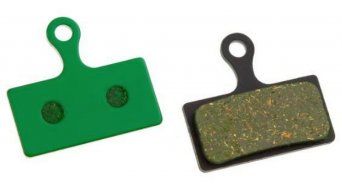Les finalités du traitement en détail sont:
Stocker et/ou récupérer des informations sur ton appareil
Pour les finalités de traitement qui te sont indiquées, des cookies, des identifiants d'appareil ou d'autres informations peuvent être stockés ou consultés sur ton appareil.
Transfert de données à des partenaires aux États-Unis (transfert vers un pays tiers)
En cliquant sur le bouton „Accepter“, tu acceptes, conformément au RGPD, que les fournisseurs aux États-Unis traitent également tes données. Dans ce cas, il est possible que les données transmises y soient également traitées par les autorités locales.
Tu trouveras de plus amples informations dans notre politique de confidentialité, dont le lien figure en bas de chaque page. Tu peux y révoquer ton consentement à tout moment.
Si tu cliques sur le bouton „Refuser“, nous ne stockons sur ton appareil que les cookies techniquement nécessaires et donc indispensables. Cependant, certains contenus ne seront alors pas disponibles - par exemple, les vidéos de produits que nous hébergeons sur YouTube et qui ne peuvent pas être intégrées sans cookies.
Veuille noter que les cookies techniquement nécessaires doivent être définis pour assurer le fonctionnement du site Web être capable.








































